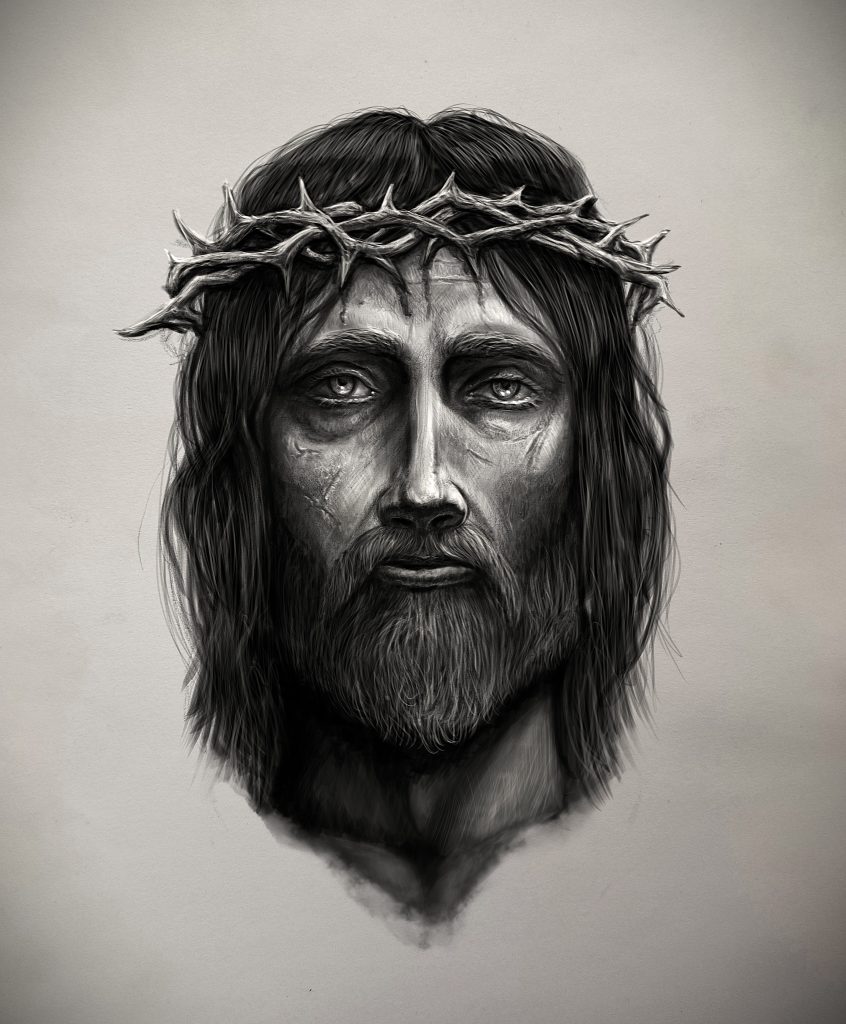
Myths and The Man.
The vision of Revelation 12 takes over one of the great myths of the time to demonstrate the superiority of Jesus.
The story of the woman of Revelation 12 would have been familiar to many readers in the ancient Roman world. The ancient Greek writer Homer told the story of Leto, the bride of Zeus, king of all the Greek gods. Hera, queen of the Greek gods, was jealous and angry when she heard that Leto was soon to bear twins to Zeus. In her anger, Hera forbade all the lands of the earth to give shelter to Leto, so Leto, heavy with twins, was forced to wander from place to place with nowhere to rest.
Python, a huge dragon that spat black venom, was warned that Leto’s son would one day destroy him. So, Python chased after Leto, as she wandered the earth, in the hopes of destroying her before the fateful child was born. Poseidon intervened, raising the island of Delos from the sea. Delos floated on top of the ocean, with only a single palm tree as its vegetation. Since Delos was free from the land, it was also free from Hera’s bidding, so Leto was able to rest in the shade of the palm tree. When the dragon came seeking her there, Poseidon submerged the island temporarily to hide her from Python.
After Python left Delos, Hera was angry that Leto had found shelter. She ordered that Illithyia, the goddess of childbirth, remain in Olympus and not allow Leto’s twins to be born. As a result, Leto suffered horribly in labor for nine days until Hera relented. First born was Artemis, goddess of Asia Minor, next came Apollo.
Zeus blessed the new-born twins with strong bows and magical arrows. Apollo came to the slopes of Mount Parnassus and slew Python with a thousand golden arrows.
In the first century, coins reveal that some emperors linked themselves with Apollo. In Asia Minor Roman propaganda equated Leto with the goddess Roma. She became the mother goddess, and the Roman emperor was her child, the savior of the world.
In the vision of Revelation, Jesus is the one who slays the dragon and its related beasts. In the person of Herod, the dragon of Rome sought to destroy Jesus at His birth. Jesus’ escape from Herod was a foretaste of His deliverance of the woman in this text and of the remnant in the text that follows.
The vision takes over one of the great myths of the time to demonstrate the superiority of Jesus to all other claims to divinity.
At the expulsion of the devil and his supporters from heaven, a great voice in heaven is heard celebrating the victory of God (Rev 12:10-12). This is celebrating the victory of those who have suffered persecution and death, of the lamb whose blood saved His followers, of people willing to testify with their lives to the Grace of te Lamb. It is an amazing tribute to God and His commitment to His people.
In revenge, this exiled dragon pursues the people of God with increased vigour and with his full intensity endeavors to corrupt and destroy them. But God’s protection is evident despite this vicious attack. The wings of the eagle should remind readers of Isaiah 40 and Exodus 19 where this figurative language is used to show protection and preservation in the wilderness.
